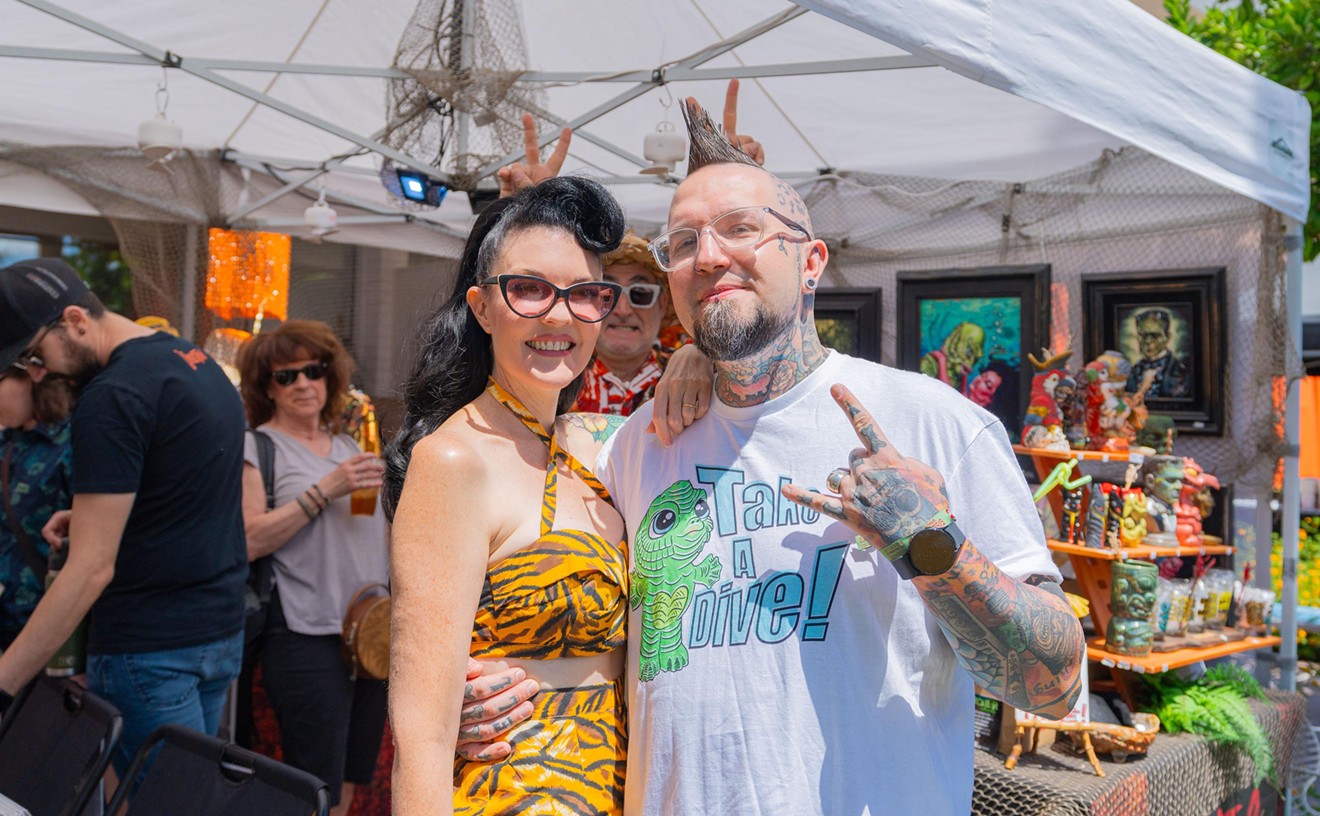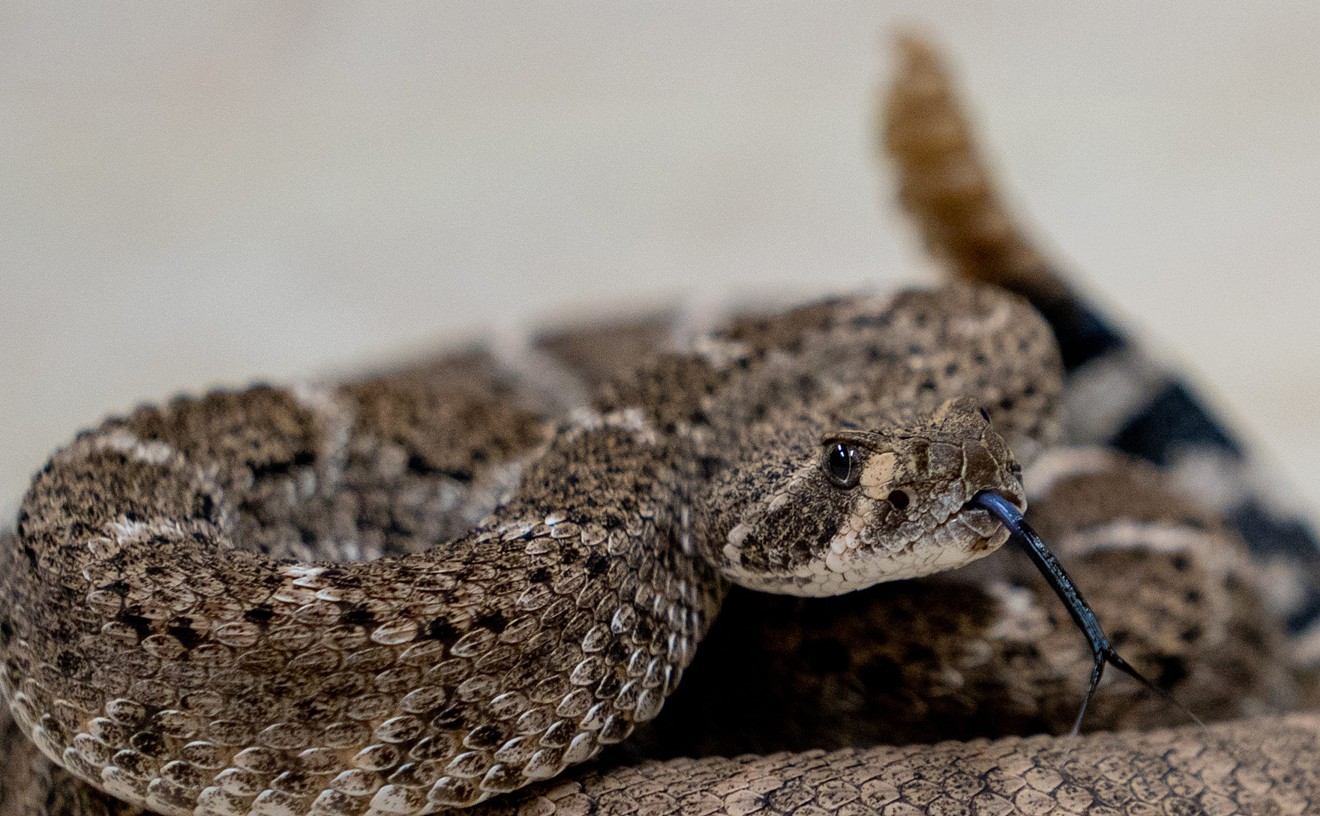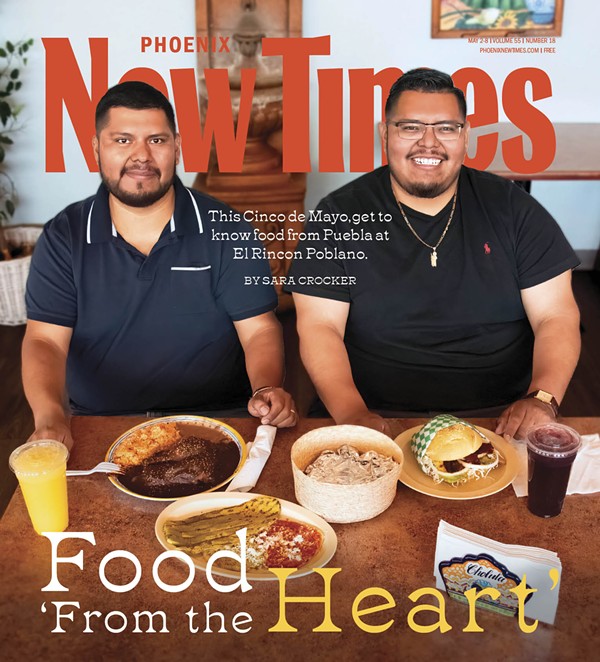It’s been quite a year for Saskia Jordá, the Venezuelan-born, Scottsdale-based artist honored in May 2015 with a prestigious award from the Phoenix Art Museum’s Contemporary Forum. She’s shown migration-themed works during festivals in Scottsdale and Mesa, and fire-related works at art venues in Flagstaff and Tucson.
The Contemporary Forum, one of the museum’s many support organizations, has presented its annual Arlene and Morton Scult Contemporary Forum Award for many years now. The award recognizes artists whose work has demonstrated a sustained degree of excellence, and who have shown significant growth during the course of their career.
Jordá, whose work explores real and fictional personal, physical, and cultural terrains, received the award in 2015. The award comes with $5,000 and a solo exhibition at the Phoenix Art Museum.
Jordá’s solo exhibition titled “Saskia Jordá: A Geography of Line,” opened on Saturday, April 9, in the museum’s Harnett Gallery — which recently housed an exhibition of Michelangelo drawings, and continues through June 12.
“A Geography of Line” comprises primarily new works including installations, soft sculpture, and drawing, and features iconic images repeated in multiples – using “the vocabulary of mapping and geography” to explore “themes of mobility, home, and connection to place.”
New Times visited Jordá’s home on March 23, eager to get a behind-the-scenes look at the exhibition, which was months in the making, taking shape.
Jordá’s detached studio currently serves as storage for art materials and works not currently on view, so she was using parts of her kitchen and an adjacent office with a family room feel to prepare pieces she was considering for the show.
Stacked circles of tan industrial felt draped from a side table in her dining area, next to a globe suspended like a lollipop atop a wooden stand. Eventually they’d become pieces Landline and Tipping Point, both on view “A Geography of Line.”
"A lot of my works have to do with boundaries, and fluid boundaries," Jordá says. "The lines are connecting points."
Colors prominent in Jordá’s artwork – including red and black – are prominent in her home décor. In her body of work, they have particular connotations. Red suggests several things, including human circulation and warnings. Black conjures images of charred remains after a fire — something Jordá associates with both destruction and regrowth.
The bright red of file cabinets and a sofa pop against the tan carpet where Jordá was laying out various elements of her work, experimenting with different configurations while considering which ideas to implement and which to set aside. The elements became Soft Borders, which is installed on one of the gallery’s permanent walls.
Raw materials, including pre-cut wooden panels shaped like flattened maps of the earth, which became an exhibition piece called Disputed Territories made with gouache and ribbon, lay atop a work space also covered with supplies such as scissors, glue guns, and massive needles with embroidery thread. A small journal, filled with sketches and brief notes about various pieces, sat open there as well.
Circular buffing wheels, like those used with fabric, thread, metal, and wood to create a piece called Alternate Terrain for the exhibition, hung on a wall behind the work surface.
Jordá rifled through a box holding some of her smaller works, including several square thread drawings on industrial felt that use the iconic image of home to “address themes including individual vs. community, mobility vs. stability, and permanence vs. impermanence.” She used them to create Home 1-11, which runs across a gallery wall at the center of “A Geography of Line.”
At times, Jordá hovered over a desk on an opposite wall to reference images from her body of work on her laptop.
The decision about what to include would take some time, Jordá said. And it would involve several factors – including how well certain pieces fit in the space, and how cohesively the pieces worked together. For each piece on view, she had to write a text panel revealing a bit about its meaning. It's harder for some pieces than others, Jordá says, because it can take years to fully recognize what she really wanted to say with a particular work.
Her 2013 piece titled Unraveling Tradition, which references the Quinceañera rite of passage for 15-year-old Latina girls, didn’t make the cut – despite Jordá’s fondness for it. Created with a 1/4 mile-long strip of cotton fabric, thread, wood, and motor, the kinetic piece takes up too much space, she says, and wouldn’t have fit coherently with other parts of the show.
But some older works, including Bound – Size 7 (2010) and Osiris (2012), are included in “A Geography of Line.” The former alludes to “the effect of the human foot print as a mark left on the earth” and the latter references the aftermath of a natural disaster.
Leading up to the exhibition, Jordá worked with Gilbert Vicario, The Selig Family Chief Curator at Phoenix Art Museum, on exhibition planning. But Jordá says she had a lot of freedom in determining what to include and how to arrange her works within the gallery space.
Jordá spent several days installing the show, working with Ben Smith and Henry Bellavia, local artists who also work as preparators at Phoenix Art Museum.
On the afternoon of April 6, she focused on perfecting a centerpiece of the exhibition, a tilted globe titled Tipping Point. Parts got secured using an electric drill, and Jordá lingered over the perfect placement of fictional continents made with layers of industrial felt before doing finishing touches with her needle and thread.
Once set on a wooden tripod near Jordá’s kitchen, Tipping Point now sits atop a crisp white platform on the gallery floor. It’s one of many elements that’s evolved beyond early iterations once covering various surfaces in Jordá’s home.
Phoenix Art Museum presents a free Artist Talk by Jordá in its Whiteman Hall at 6:30 p.m. on Wednesday, May 11.
Afterward, the museum will announce the recipients of the 2016 Contemporary Forum Artist Grants and the Arlene and Morton Scult Contemporary Forum Artist Award.
[
{
"name": "Air - MediumRectangle - Inline Content - Mobile Display Size",
"component": "18478561",
"insertPoint": "2",
"requiredCountToDisplay": "2"
},{
"name": "Editor Picks",
"component": "16759093",
"insertPoint": "4",
"requiredCountToDisplay": "1"
},{
"name": "Inline Links",
"component": "17980324",
"insertPoint": "8th",
"startingPoint": 8,
"requiredCountToDisplay": "7",
"maxInsertions": 25
},{
"name": "Air - MediumRectangle - Combo - Inline Content",
"component": "16759092",
"insertPoint": "8th",
"startingPoint": 8,
"requiredCountToDisplay": "7",
"maxInsertions": 25
},{
"name": "Inline Links",
"component": "17980324",
"insertPoint": "8th",
"startingPoint": 12,
"requiredCountToDisplay": "11",
"maxInsertions": 24
},{
"name": "Air - Leaderboard Tower - Combo - Inline Content",
"component": "16759094",
"insertPoint": "8th",
"startingPoint": 12,
"requiredCountToDisplay": "11",
"maxInsertions": 24
}
]











